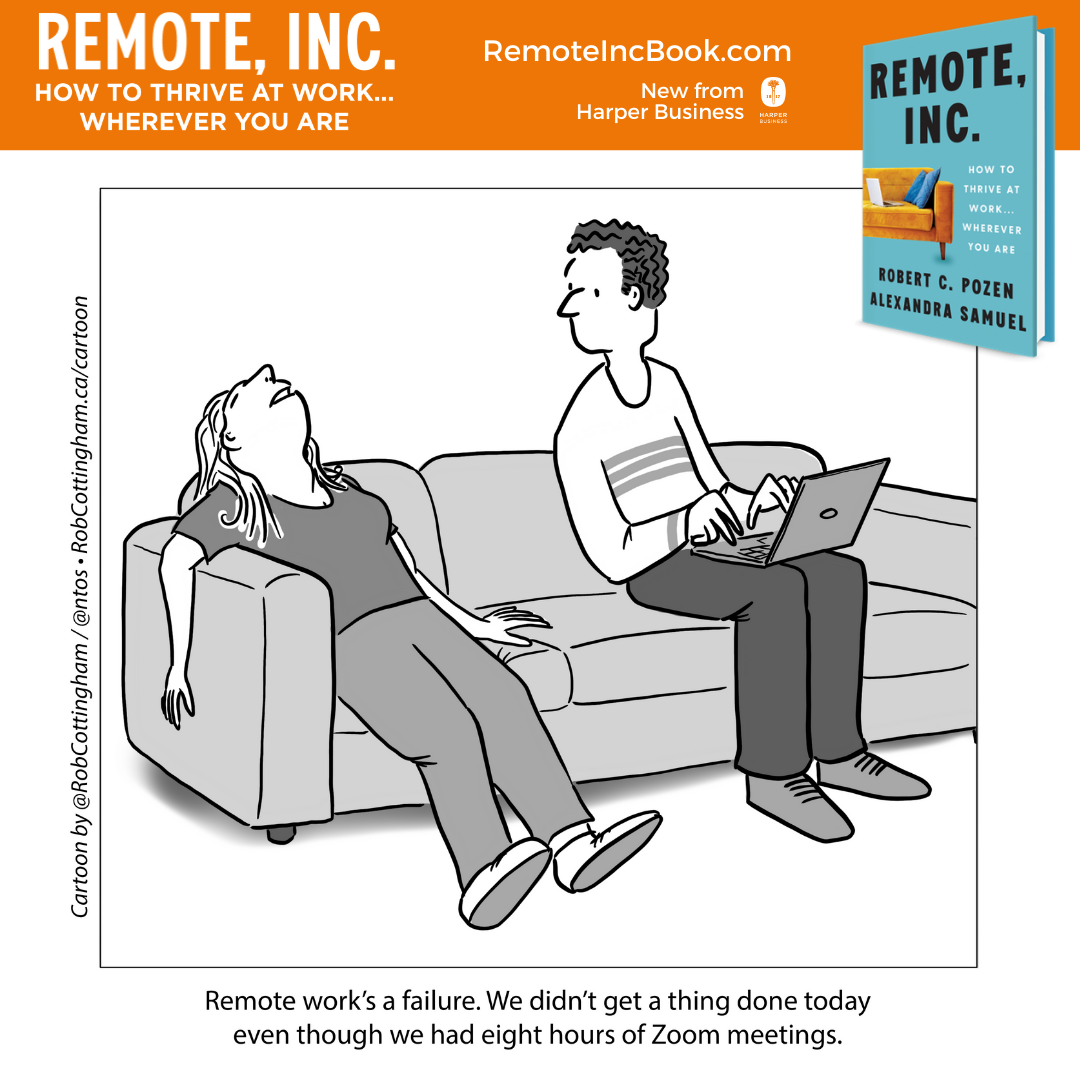I have heard many complaints from company employees and university students about how hard it is to stay attentive in lengthy online sessions. As meetings on Zoom or Teams come to dominate your day, your mind tends to wander to other subjects, and you will be tempted to quietly check your email. Your eyes may even begin to glaze over as you struggle to listen to a talking head. A few hours later, you can hardly remember what happened in those online sessions.
So, if you are leading online meetings, how can you get participants to pay more attention?
Keep it brief
First, keep your online sessions as short as possible. In many organizations, online meetings of one hour are scheduled back-to-back for most of the day. But that is a big mistake. Online meetings should not last for more than 45 or 50 minutes, so that everyone has a break each hour — to grab a snack, go to the restroom or check messages.
Second, keep the number of meeting participants down to the minimum number required to address the relevant issues. Research shows that meetings are most productive if they are limited to fewer than 10 participants. At larger meetings, participants tend to engage in “social loafing” — just listening to what is being discussed, while letting others carry the ball.
Increase participation
Third, use several strategies to increase the participation of those attending online meetings. You want to force them out of their passive stance into a more active role:
- Take a poll at the start of the meeting to get a preliminary view on where the group stands on the key issues. Zoom and Teams both allow for polls, though they may have to be in the form of a yes or no question. Near the end of the meeting take another poll to see if their view has changed as a result of the discussion in the meeting.
- After delineating the issues to be discussed, ask each participant to give his or her opinion on a specific question(s). Try to structure the question so that it would be easy to agree, disagree or come up with a compromise. I like to start with the most junior people attending the meeting so they are not afraid to disagree with the opinions previously expressed by their seniors.
- Most importantly, make regular use of breakout rooms where groups of 3 or 4 participants have a chance to discuss a critical issue. In my experience, these breakout rooms generate a lot energy and enthusiasm. A breakout mechanism is built into Zoom and Teams, which will allow you to drop in and listen to each group. To focus these breakout sessions, post a slide with the exact question(s) that the groups will be discussing. Each group should appoint a spokesperson to report back to the meeting on the group’s conclusions during a debriefing session.
In short, if you want your online meetings to be successful, you need to carefully design the structure of those meetings. Keep online meetings short with as few participants as possible. Then make special efforts to promote active participation by attendees — with polls on key issues, directed questions to participants and breakout groups followed by debriefings.



